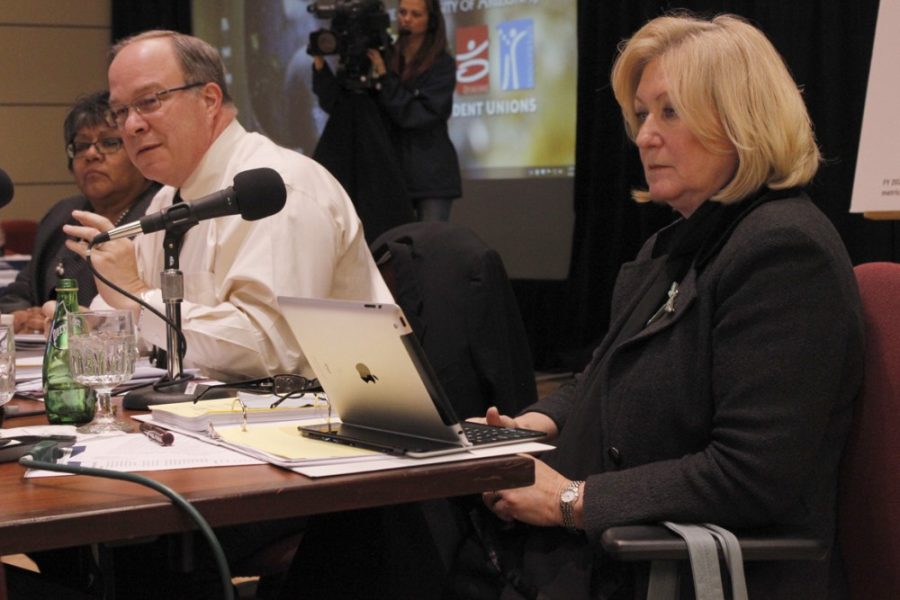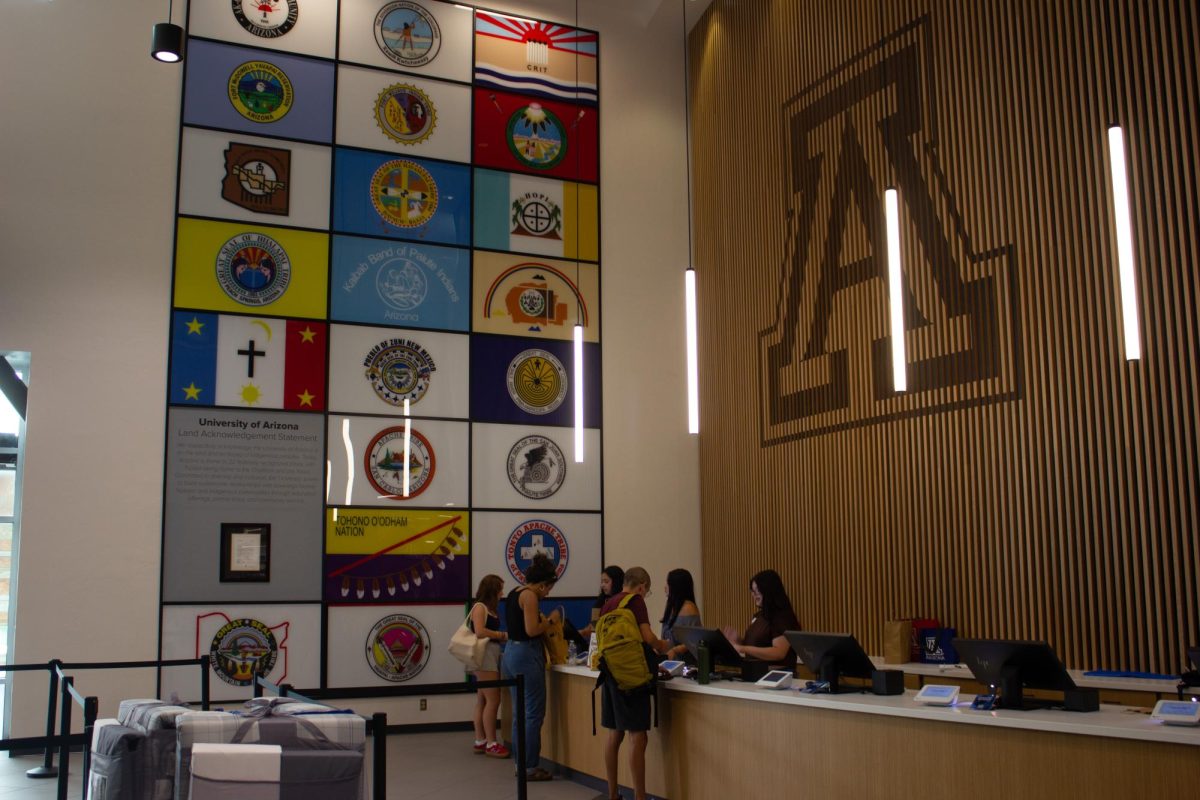The Arizona Board of Regents passed a 3 percent increase in tuition and an $80 increase in the library fee for the UA on Thursday.
The tuition increase, which will begin this fall, applies to both undergraduate and graduate students. Resident tuition will increase by about $300 and non-resident tuition will go up by $800.
Northern Arizona University raised its tuition by 4.9 percent for new resident undergraduate students at its Flagstaff campus. Arizona State University had a 3 percent tuition increase for all of its campuses.
During the meeting, Regent Mark Killian said that the increase is necessary due to Legislative budget cuts.
“…Their actions have left us no choice,” Killian said. “I think we should push quality and drive down the cost of tuition so anyone can end a college career without a mountain of debt and be able to further their economic aspirations in life.”
If the state continues to drop its contribution, and the parent-family-student contribution continues to rise, the equation will not work forever, said Chairman Rick Myers in regards to state budget cuts.
Myers also said that at some point, middle class families aren’t going to be able to afford education anymore. Their salary might be too much to qualify for federal grants but make too little to actually afford higher education.
“None of us want a situation where people who have a desire and a capability for higher education don’t have access,” Myers said. “That’s why you have public universities, and it’s the job of the state to help subsidize the education so that it’s affordable and accessible to the people of the state.”
Student Regent-Elect Valerie Hanna said it was encouraging to see what all the presidents are doing with what they’re given.
“… I think that they do a really good job … being as efficient as they can with what we have,” Hanna said.
The increased library fee excludes the UA Sierra Vista campus due to students having limited access to the Main Library, said UA President Ann Weaver Hart.
Hanna said it was encouraging to see that Hart has been very receptive to feedback.
“From what I can see with this year … I think President Hart did a great job at setting our tuition increase,” Hanna said. “… Obviously you never want to see a tuition increase, but just realistically we have to … just make the lowest amount of increase that we can.”
Overall, Myers said he thought the meeting went well and said the regents went through a new process prior to the tuition setting.
“This is such a complex thing, I think in the past we tried to do too much in the tuition meeting itself,” Myers said. “We would typically spend a whole day and part of the next day because we didn’t do as much a head of time. “
By spreading the work out over a few week period, it gave the regents a chance to gather input separately, look at prepared proposals separately and get facts from staff on how the Arizona universities stack up against peer universities.
The new process, which took several weeks, has allowed the regents more time to discuss tuition, so when they went to the meeting on Thursday, everyone had a solid level of understanding, according to Myers.
“We’re trying to ensure that we’re not doing any more than we have to do to maintain high quality for the students,” Myers said, “Yet we’re also making sure that we’re doing what we need to do so that the universities have the resources they need in order to be able to provide the services that they do.”









